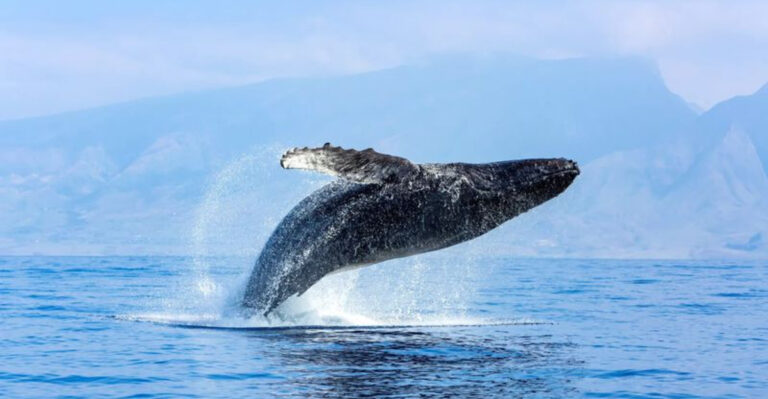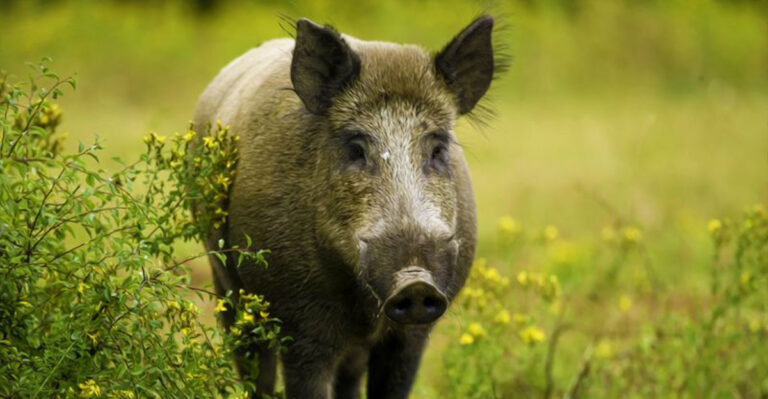17 Dog Behaviors That Seem Strange But Make Perfect Sense
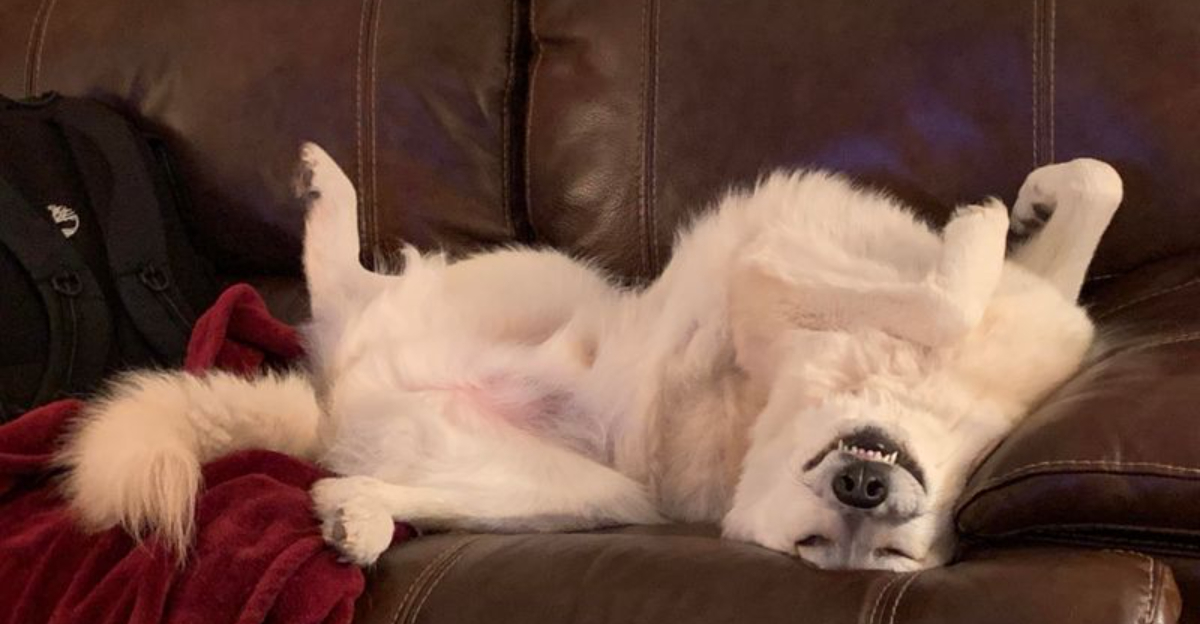
Ever catch your furry friend doing something that makes you scratch your head? Dogs have fascinating habits that might look weird to us but actually serve important purposes in their world.
From spinning before lying down to tilting their heads when you speak, these seemingly odd behaviors are rooted in their wild ancestry and natural instincts.
1. Circling Before Lying Down
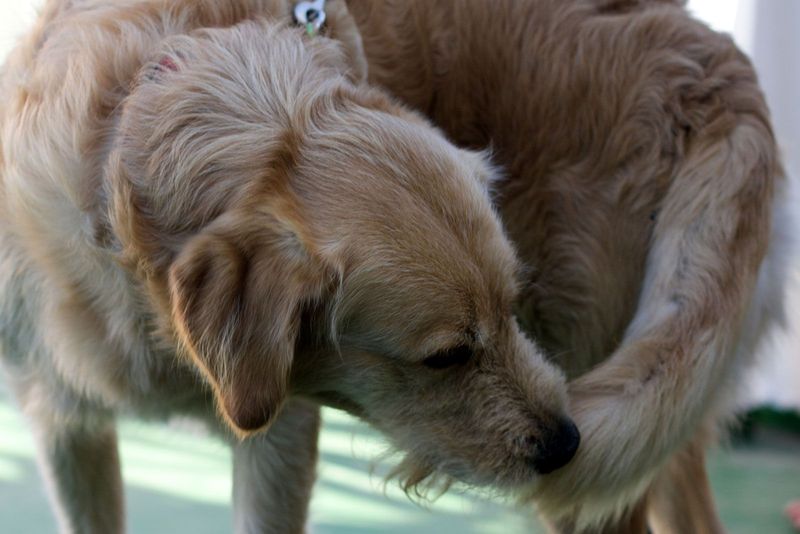
Wild ancestors trampled grass to create cozy nests and check for critters before settling in. Your pampered pooch isn’t worried about snakes in the living room, but this ancient ritual remains hardwired in their DNA.
Modern dogs circle to flatten their bed just right and position themselves against potential threats – even if the only danger is the vacuum cleaner!
2. Kicking After Bathroom Business

That frantic backward kicking isn’t your dog trying to cover their mess like cats do. They’re actually marking territory through scent glands in their paws!
Each kick releases pheromones that broadcast a powerful “I was here” message to other dogs. Think of it as their version of leaving a business card – just much smellier and more dramatic.
3. Head Tilting When You Speak
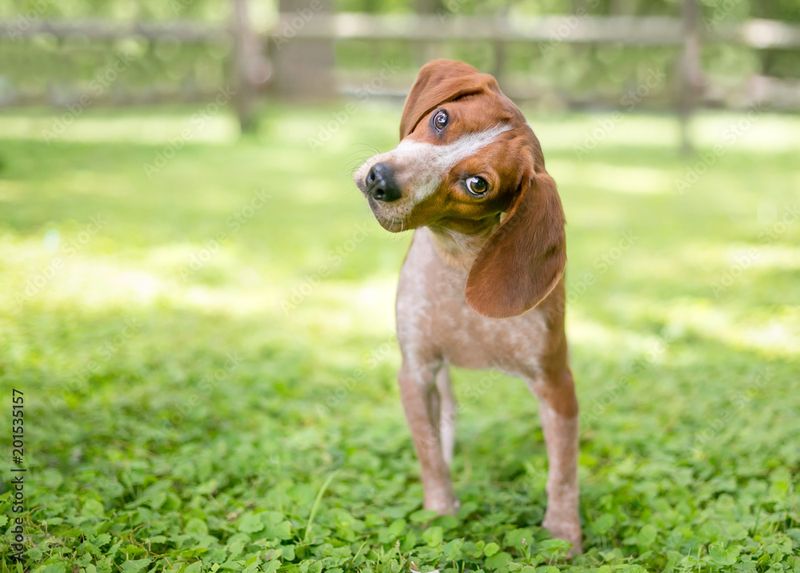
That adorable head tilt isn’t just for cute social media posts. Dogs adjust their ears to better capture sounds and process what you’re saying. Their brains are working overtime to understand human language patterns and emotional tones. Plus, those floppy-eared breeds might tilt more to reposition their ear flaps for optimal hearing. Clever and cute – what a combination!
4. Eating Grass Then Getting Sick

Finding your pup munching on lawn salad only to upchuck later seems counterproductive. Surprisingly, this behavior helps them purge something that’s bothering their stomach.
Some dogs eat grass when they feel nauseous, while others just enjoy the taste or texture. Wild canines consume plant material too, suggesting this quirky habit has deep evolutionary roots in their digestive health toolkit.
5. Butt Sniffing Greetings
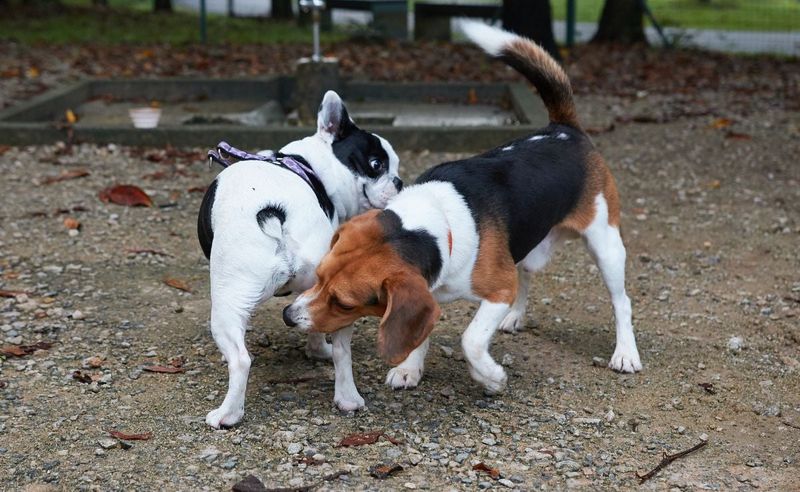
Awkward as it looks, dogs’ rear-end investigations are their version of reading a detailed biography. Their anal glands contain information about diet, health, mood, and even reproductive status. Next time your dog goes for a bottom sniff, remember they’re not being rude – they’re gathering crucial social data. It’s like checking someone’s entire social media profile in one quick whiff!
6. Zoomies Out Of Nowhere

Those sudden bursts of manic energy – technically called Frenetic Random Activity Periods (FRAPs) – release pent-up energy and excitement. Your dog isn’t possessed; they’re just expressing joy! Zoomies often happen after baths, during play, or when they’re super excited. Consider it their version of jumping for joy or dancing around the room after great news.
7. Leaning Against Your Legs
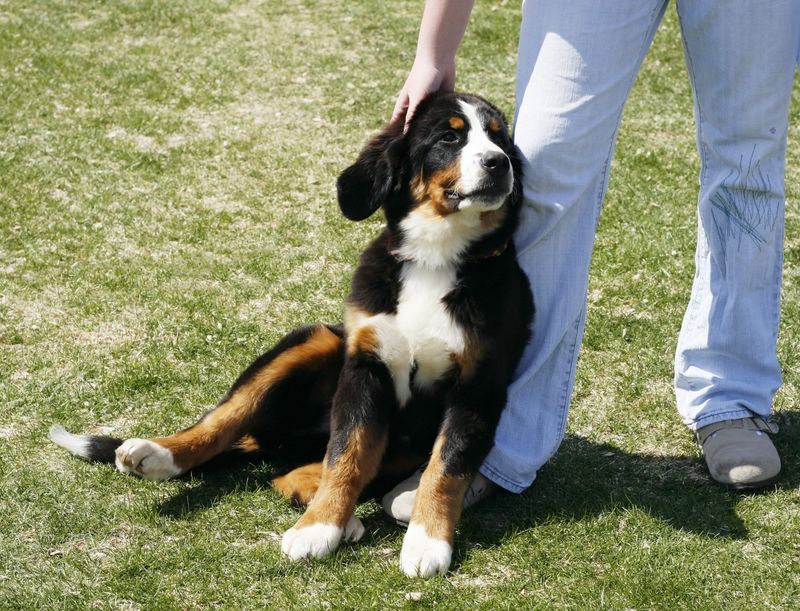
When your pup presses against your legs, they’re not just being clingy – they’re showing trust and seeking security.
This sweet behavior reinforces your bond and confirms you’re their safe haven. In wolf packs, members lean on each other to strengthen social connections. Your dog sees you as part of their pack, and this physical contact helps them feel protected in a sometimes overwhelming world.
8. Sleeping In Weird Positions
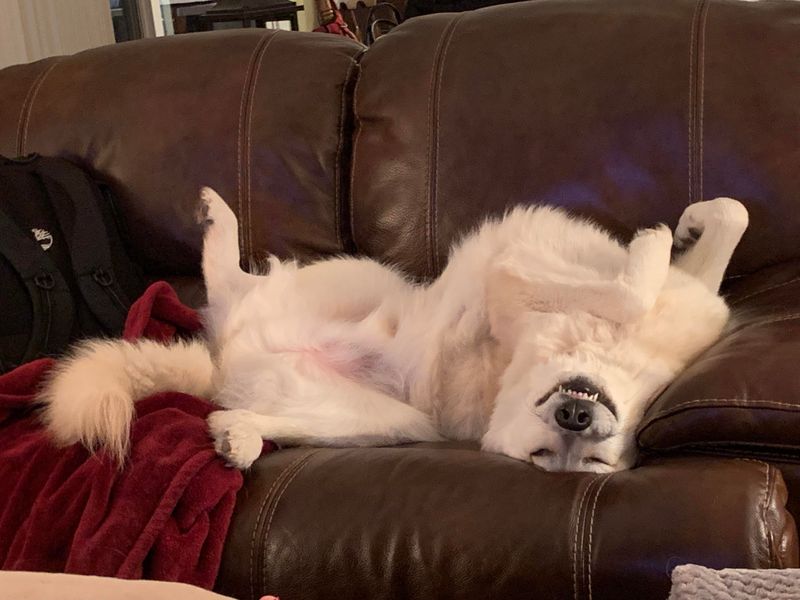
Finding your dog twisted like a pretzel or sprawled upside-down might seem uncomfortable, but these odd positions serve important purposes. Belly-up sleeping indicates complete trust and helps them cool down when overheated.
Curling into tight balls conserves heat and protects vital organs – a survival instinct from their wild days. Those contorted poses are actually signs of a secure, comfortable pup!
9. Howling At Sirens
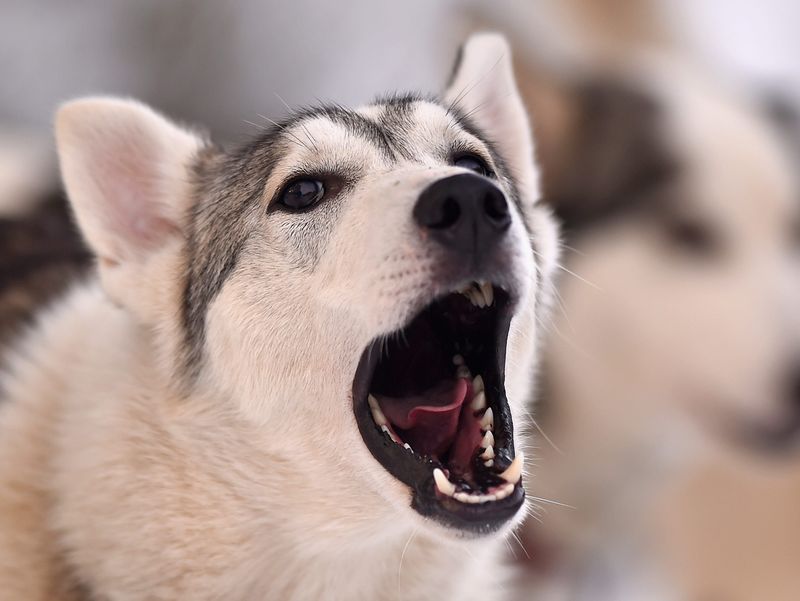
That mournful howl when ambulances pass isn’t your dog being superstitious. High-pitched sirens sound remarkably like distant howls to canine ears, triggering an instinctive response to join the conversation.
Wolf ancestors used howling to communicate across vast territories. Your modern pup still carries this ancient instinct to answer what sounds like another dog calling from far away.
10. Tail Chasing Adventures
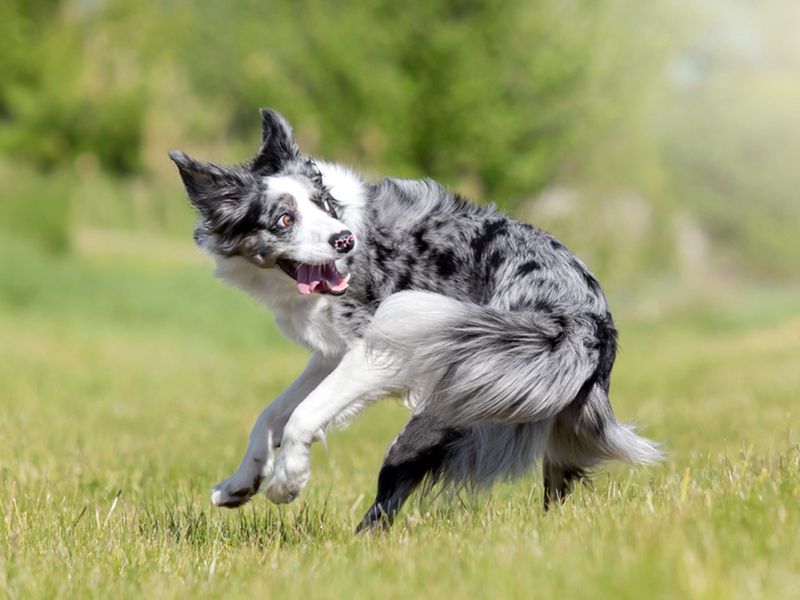
Watching your dog spin in pursuit of their own tail might seem like pointless silliness. Young pups often chase tails while discovering their bodies, similar to babies finding their toes.
For adult dogs, occasional tail chasing usually means they need more mental or physical stimulation. However, obsessive spinning could signal stress or medical issues – worth mentioning to your vet if it becomes excessive.
11. Hiding Toys And Treats
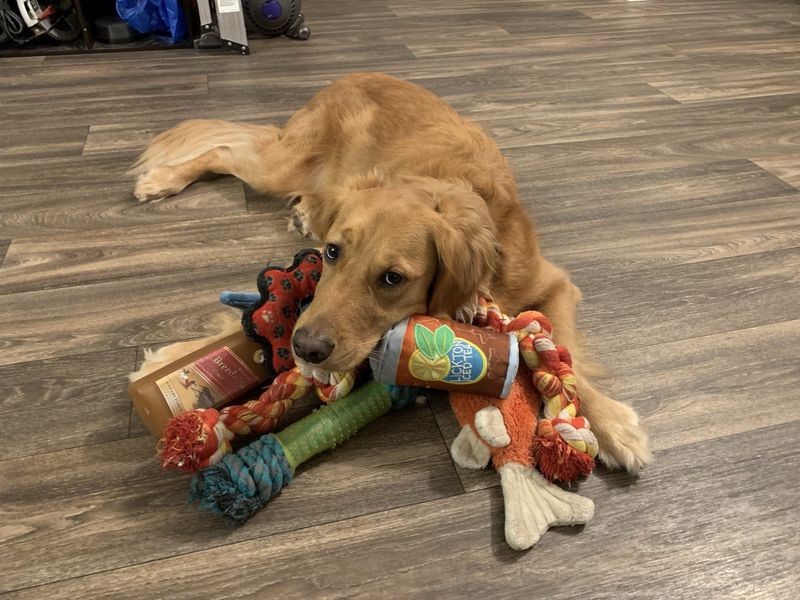
Finding tennis balls stuffed in couch cushions might frustrate you, but your dog’s stashing behavior comes from survival instincts. Wild canines bury surplus food to preserve it for lean times. Your well-fed pet doesn’t need emergency rations but still feels compelled to secure valuable resources. This explains why favorite toys often get carefully hidden away – they’re protecting their treasures from imaginary competitors!
12. Sniffing Everything On Walks
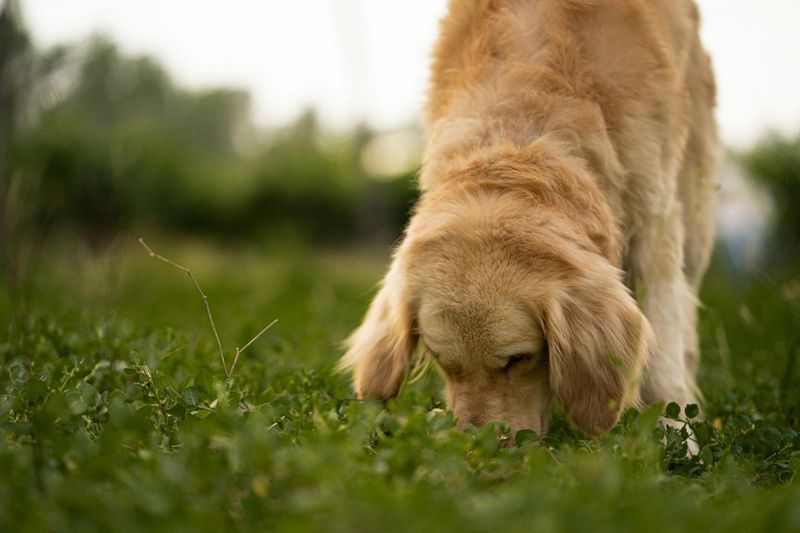
Those endless stops to investigate every lamppost can test your patience, but for dogs, sniffing is like reading the daily newspaper. Their incredible noses process information about every dog, animal, and person who passed by.
Allowing sniff breaks during walks provides crucial mental stimulation. While we experience the world primarily through vision, dogs create detailed mental maps through scent – making each walk a fascinating sensory adventure.
13. Licking Your Face Enthusiastically
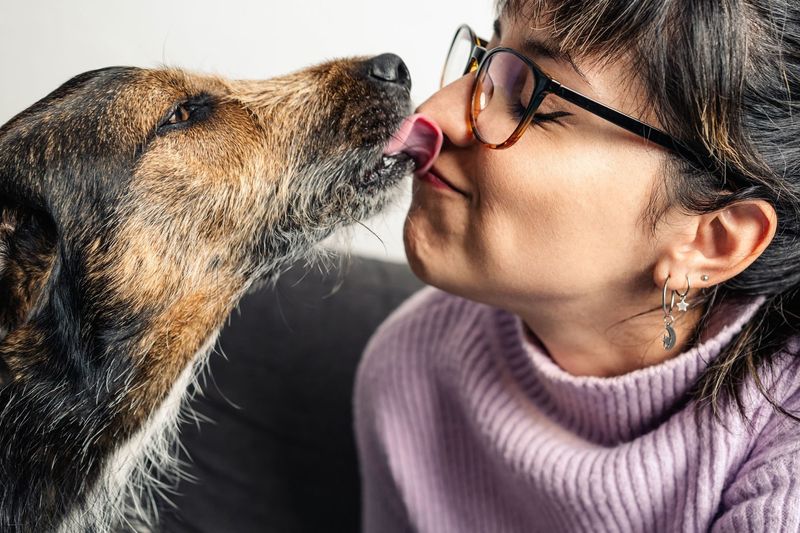
Those slobbery kisses have deeper meaning than just affection. Wolf pups lick their parents’ mouths to stimulate regurgitation of food – a crucial survival behavior in the wild.
Your domestic dog isn’t expecting you to cough up dinner, but the instinct remains as a greeting and bonding ritual. Face licking also signals respect and acknowledges you as their pack leader.
14. Twitching While Sleeping

Those adorable paw movements and tiny woofs during naptime mean your dog is dreaming! Like humans, dogs experience REM sleep where they process daily experiences and emotions. Studies suggest they’re likely reliving activities from their day – chasing squirrels, playing fetch, or enjoying treats.
The brain temporarily disconnects from muscles during REM sleep, preventing them from physically acting out these adventures.
15. Scooting Across The Floor

That embarrassing bottom-drag across your clean floors isn’t your dog being weird – it’s usually a sign of discomfort.
Impacted anal glands, allergies, or parasites can create itching that drives this undignified behavior. Occasional scooting might just mean a bit of cleanup needed back there. However, frequent floor-dragging warrants a vet visit to check for underlying issues that could be causing your pup genuine discomfort.
16. Carrying Toys During Greetings
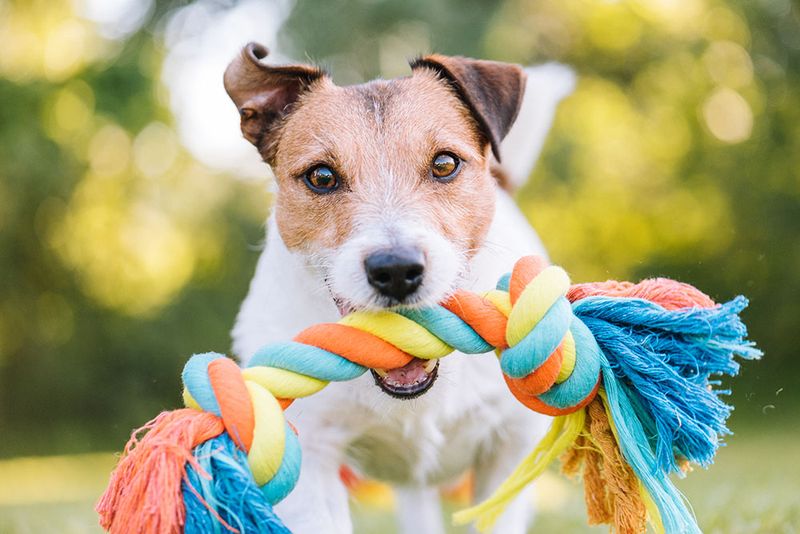
When your dog grabs a toy before greeting visitors, they’re not being rude – they’re actually being extra polite! This charming behavior helps channel excitement into something appropriate to hold in their mouth. It’s also a form of gift-giving and showing off treasured possessions.
Some trainers believe it helps anxious dogs manage overwhelming emotions during high-energy moments like welcoming someone new into their territory.
17. Pawing At Water Bowls
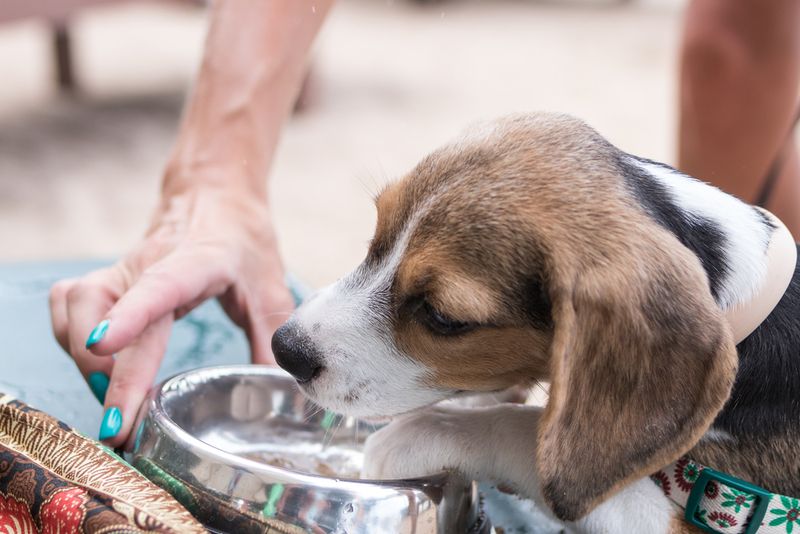
Splashing water everywhere before drinking frustrates owners but makes perfect sense to dogs. Wild canines learned to test water quality and depth before drinking, avoiding stagnant or dangerous sources. Some dogs also prefer moving water, finding it fresher and more appealing.
Others simply enjoy the sensory play experience! This is why many dogs love drinking from hoses or fountains more than still bowls.




